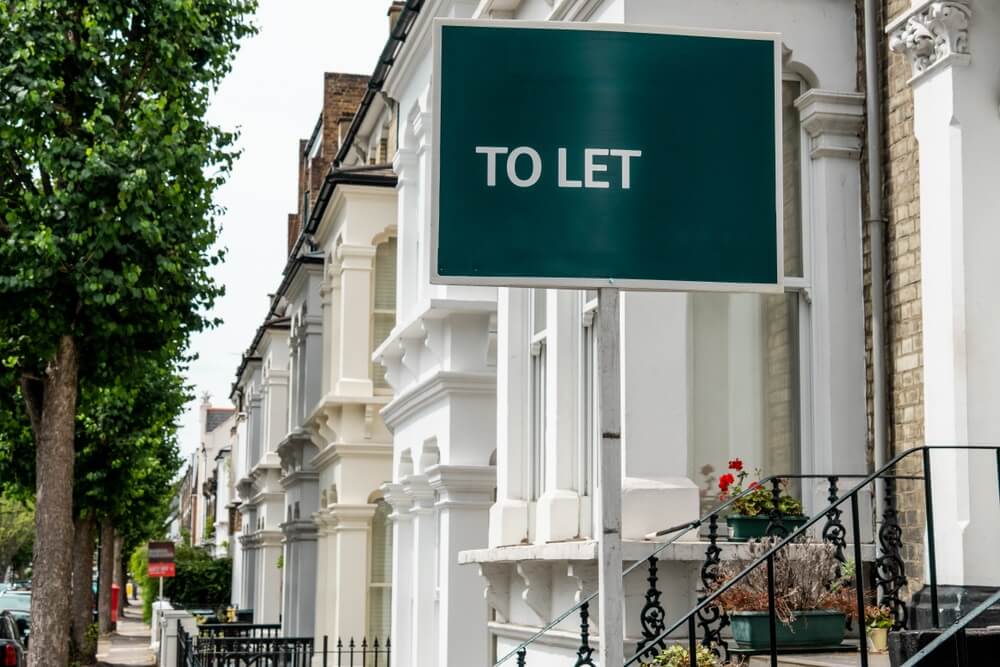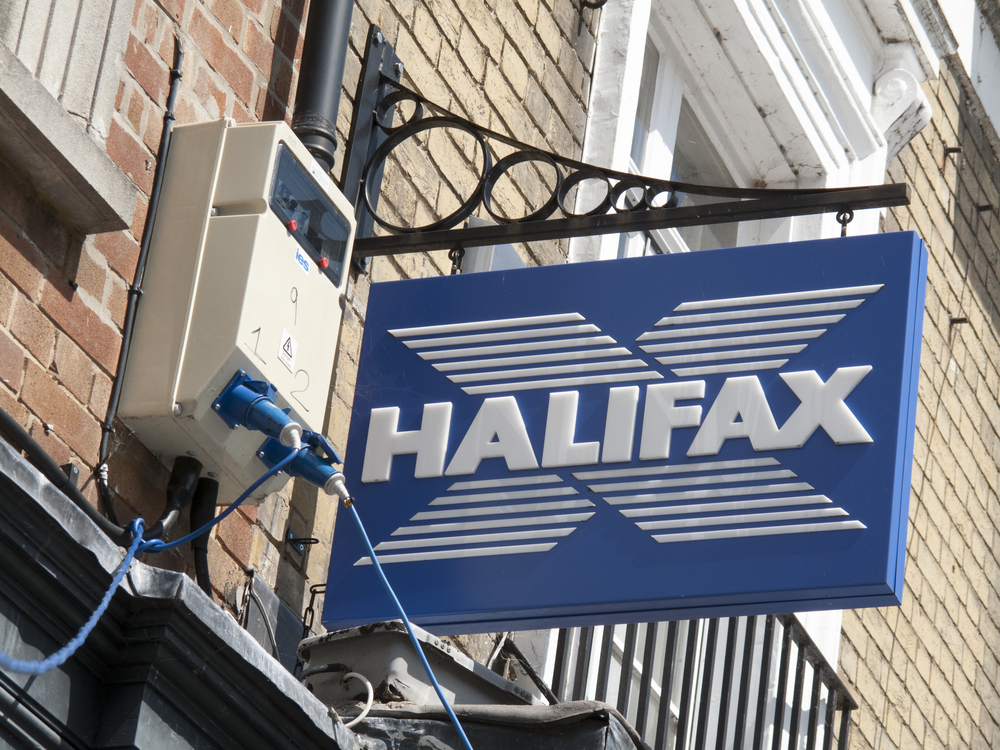The fine line between increasing rents and homelessness
As first-time buyers and second steppers struggle to raise a deposit for a mortgage, the number of residents depending on charity and temporary accommodation is increasing. Rebekah Commane reviews why the threat of homelessness is never far away from anyone’s door
[col type=”two-third”]
We hear reports in the news on a daily basis of the national crisis facing first-time buyers due to the rising costs of property, along with the hindrance of increasing rents, but this month I have chosen to concentrate on the true crisis of our generation; the steady and continuing increase in homelessness, particularly in the capital.
It’s unfathomable in this day and age that so many people actually don’t have a stable and permanent home to live in. The issue is a reality for so many but it receives much less press coverage than it deserves. Homelessness may be considered a taboo subject that nobody wishes to discuss, while attempting to portray an image of a thriving capital city that is slowly battling its way to economic recovery.
And yet the line between those struggling to meet rent and mortgage payments and those classed as homeless is a very fine one. In fact, despite a perception of homeless individuals as those whose drug or alcohol problems led to them living on the streets, the majority of those without a secure home to live in came to be in that position due to financial and affordability issues. Figures from LSL Property Services showed that the amount of tenants more than two months behind on rent has reached 98,000.
As housing and homelessness charity Shelter points out, you don’t have to be living on the street to be homeless. You may be legally classed as homeless if you are sleeping on a friend’s sofa, staying in a hostel, suffering from overcrowding, or enduring other poor living conditions. And it’s fairly easy to see how any of us could go from having trouble meeting rent or mortgage repayments to relying on the hospitality of a friend or relative, which can never be a permanent arrangement.
Both Shelter and Crisis, another charity fighting homelessness, have called on the government to reverse cuts to housing associations, which will reduce supply of accommodation and decrease housing benefits, and sought the building of more affordable housing.
This is in light of figures released by the Department for Communities and Local Government which revealed that 14,812 households in London were accepted as homeless by their local council in the 2012/2013 financial year.
This figure represents a drastic increase of 16 per cent on last year’s figure and substantially higher than the 6 per cent rise across England.
And even more shockingly for the year 2012/2013; the number of homeless people recorded as spending a night on the streets of the capital rose again to 6,437 annually, a 13 per cent rise year-on-year and an increase of 62 per cent since the 2010/2011 statistics.
This problem is only expected to get worse as the impact of housing cuts reverberate through the city.
The Crisis charity is calling on the mayor of London, Boris Johnson, to hold true to his promise to eliminate rough sleeping in the capital by 2012.
And, according to Deborah Garvie of Shelter, the private rented sector is now one of the greatest contributors to homelessness in the UK, with up to 259,000 people now unable to pay their rent.
This is echoed by statistics from Crisis, which state that private tenancies coming to an end is one of the biggest drivers of the increase in homelessness, with a 75 per cent increase in those made homeless because of a tenancy term coming to an end in London.
Garvie pointed to the ending of Assured Shorthold Tenancies (a tenancy agreement with limited security of tenure) as one of the main causes of homelessness and said Shelter has moved to crack down on rogue landlords, while calling for legislation to allow tenants to hold longer contracts of tenancy to avoid a constant need to move home, particularly for those with children.
She revealed the startling figure of 56,300 households who are now living in temporary accommodation in the UK, including 76,000 children. And considering short-term accommodation is more costly to the taxpayer than keeping a family in their own home, the dots just don’t join up.
It’s a shocking thought for any parent to imagine not having a stable environment to bring their children up in. And the reality of this is never too far away from anyone.
The solution is that which we have heard repeatedly of-late; the government must build more affordable houses. Or homelessness could be knocking on many more doors in the near future.
[/col]
[col type=”one-third last”]
[/col]










 Buy-to-let
Buy-to-let











Add a comment